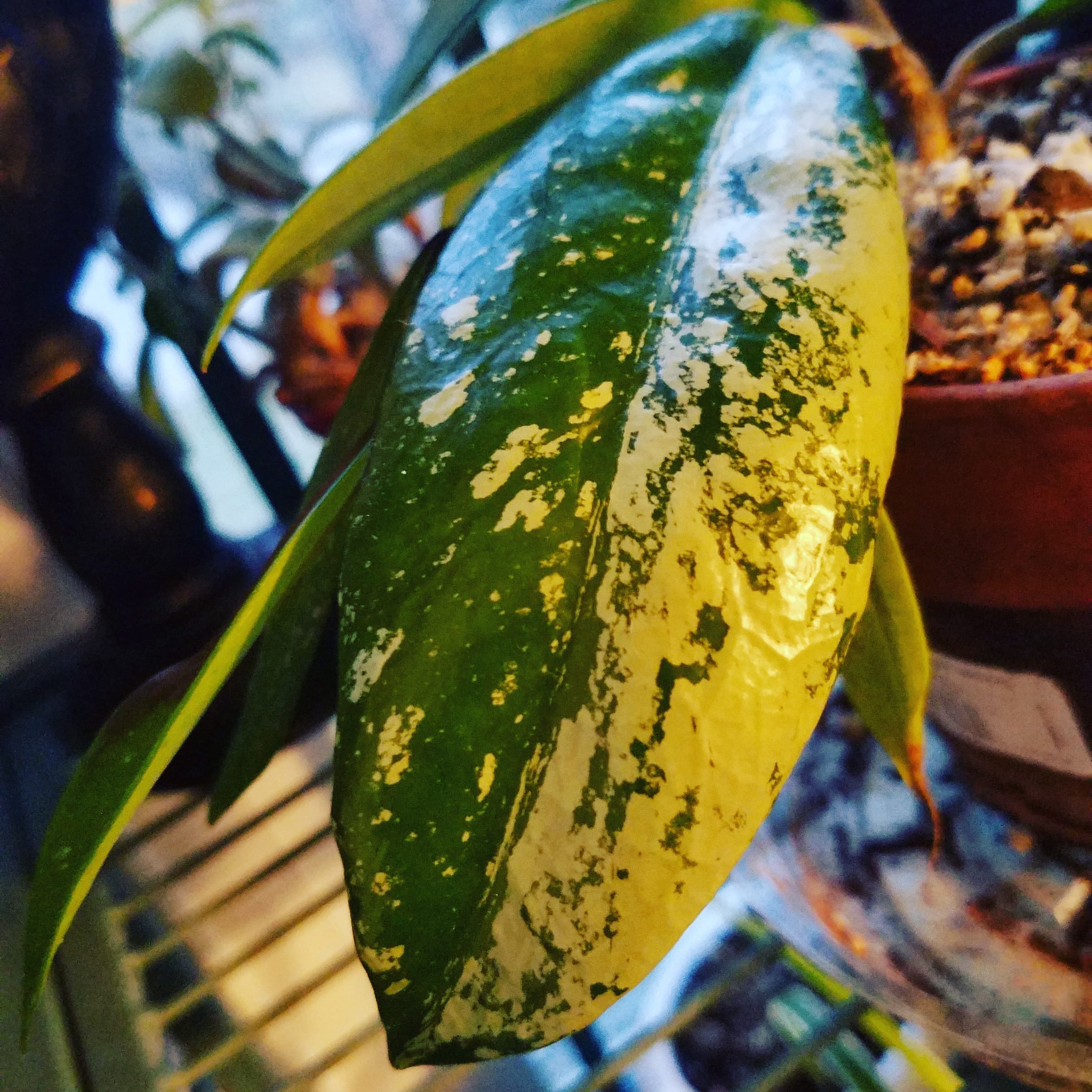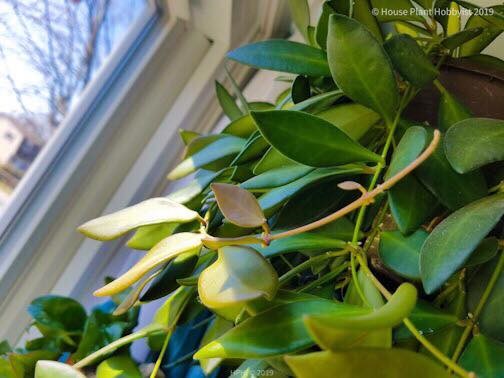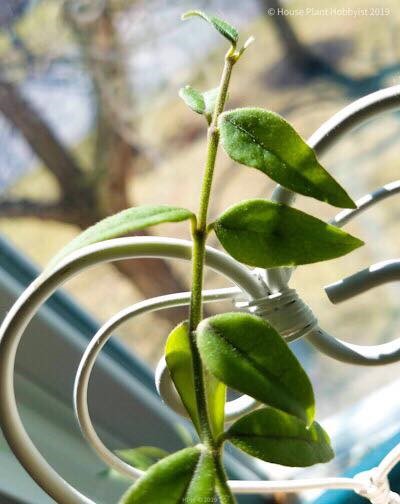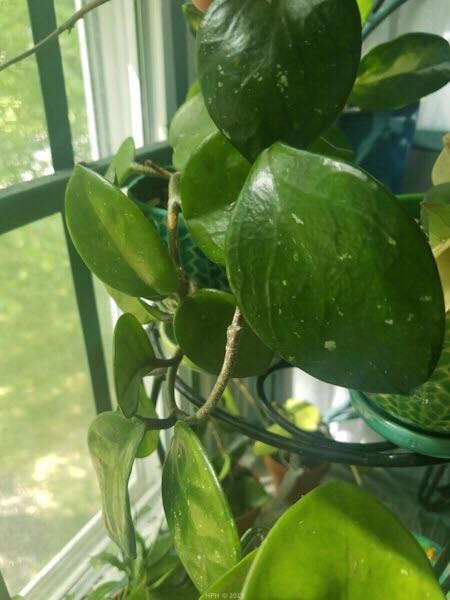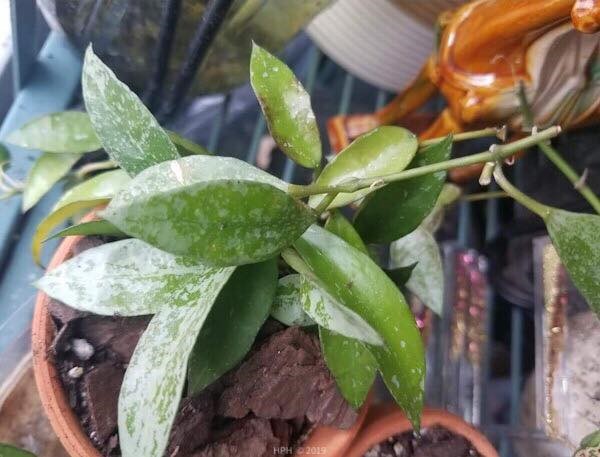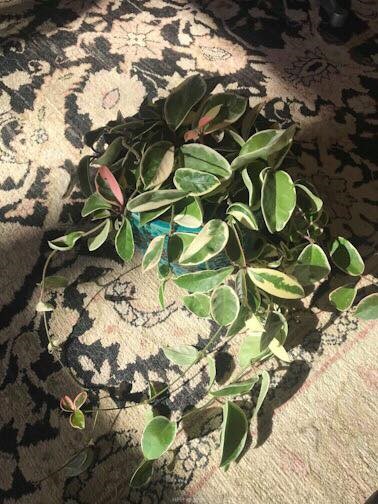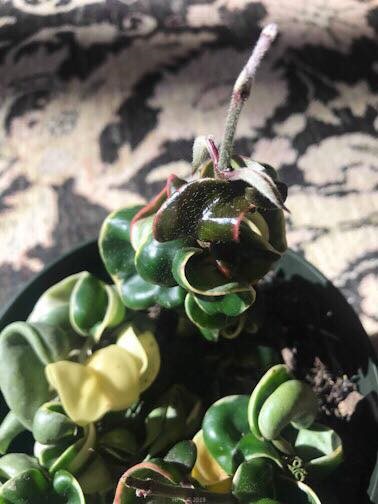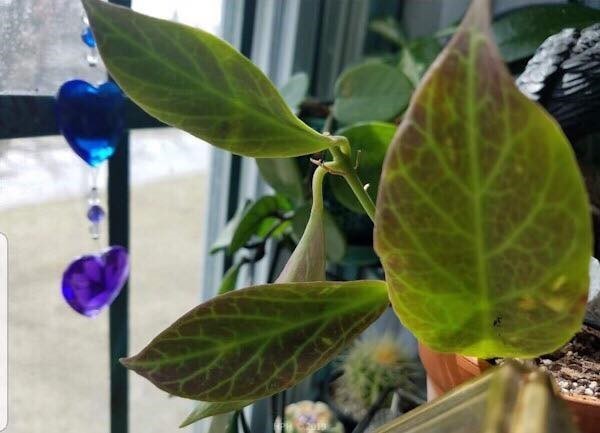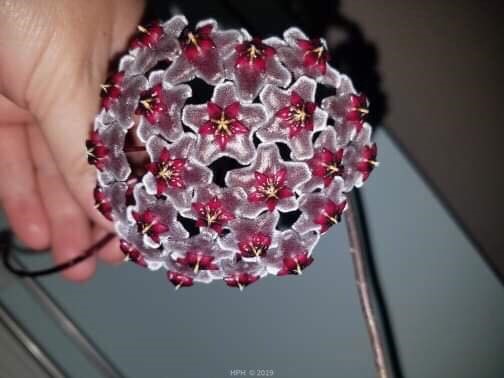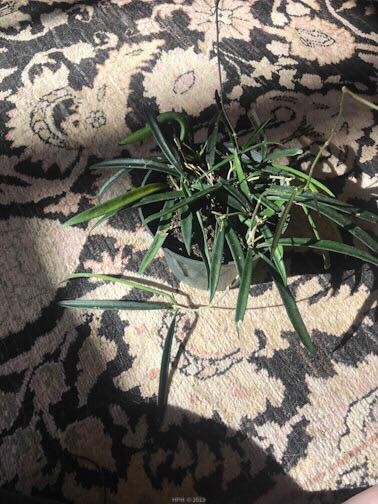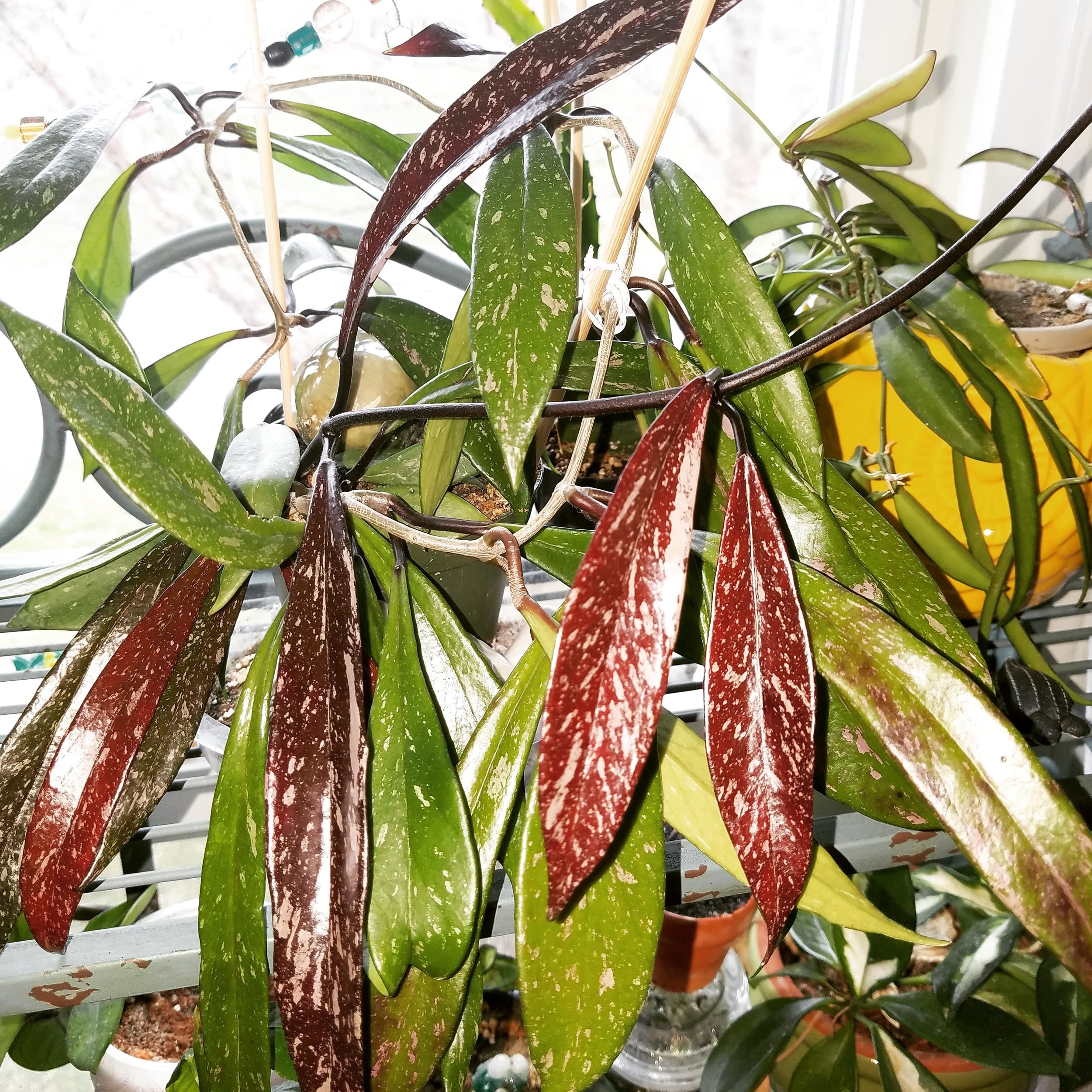Basic Hoya Care
So you’ve decided to get a Hoya, congrats! I more than approve of your decision. I won’t go and paraphrase other websites and give you the exact same information as everyone else. When I got my first Hoya I followed the way websites told me to care for it, and guess what? It totally bit the dust. I’m not saying that a lot of the information you read online isn’t good, but the information is way too broad. Some hoyas have thick, fleshy leaves, while others have small, dainty leaves. You can’t exactly give those two plants the same care, even if they are both Hoyas.
I’ve noticed that my H. polyneura broget is not a fan of the whole “let the leaves wrinkle a bit before you water” idea. I mean, this is a good way for it to just stop growing and instantly act like the apocalypse is upon us. My H. carnosa varieties would rather you not give them nearly as much water. They might be ok with the whole wrinkly leaf bit. Who knows, they’re possibly the most dramatic of the Hoyas that I own.
Watering
My rule of thumb with Hoyas is to let the soil dry out between waterings. If I lift the pot and it is light, I know the soil has dried out enough. Yeah, I know, not the most scientific of approaches, but I haven’t had a casualty since I started doing that. A better, and more accurate way to determine how dry the soil is is to either stick your finger in the soil and feel how dry it is, or buy a gauge. In my grow room that usually take about 7-10 days, even though they could even go a few days longer. Mind you, there are two fish tanks in the room, so that keeps the humidity at about 50-60%. Also, I only water from the bottom. That way the Hoyas are fully watered, and will get nice deep roots. I give them enough water for their roots to soak up as much as they can in about 10 minutes, and dump out any water that’s left afterwards. Also, I only ever water in the morning, never the evening. Ever. I see some people say they mist their Hoyas, I am not one of those people. All misting does is raise the humidity level around the plant until the water has evaporated, which isn’t very long. So, it really isn’t very useful, and isn’t something that Hoyas really need. Just remember that the thicker the leaves, the less frequently a Hoya needs to be watered. Also, the size of the pot, the type of potting mix, the humidity in the room, air circulation, the type of light will also all play into how often your Hoya needs watered.
Fertilizer
I have tried out at least four different types of fertilizers for my Hoyas. In this process I have also learned that they really don’t like it if you forget to fertilize them. I’m talking they just won’t grow, at all. So definitely keep them on a regular fertilizer routine, giving them the winter off to have a rest. Just don’t forget to give them their fertilizer in the spring through fall. As for the type, I use a well balanced organic fertilizer, you know the extremely stinky kind that needs to be covered with soil. It should probably be noted that I found that out the hard way after one extremely smelly afternoon. Let me say this again, if the fertilizer smells, bury it in soil, or if you’ve already potted the plant, just put some soil on top of the fertilizer.
Light
Hoyas thrive on bright, but not scorching, midday sunlight. All of my Hoyas are perfectly happy in front of the south facing windows that my house has. Now, these windows are shaded by a big old yellow birch, so in the summer they have patches of direct sun, which doesn’t burn the leaves. If you plan to have your Hoya(s) in a south facing window, but don’t have a big old tree to shade it from the midday sun, I would suggest putting a sheer curtain over the window, or moving the Hoyas further from window. No one wants bleached and sunburnt plants. Take note that if a Hoya doesn’t receive enough light, it can keep the plant from blooming. Also, if your Hoya isn’t getting enough it will have more space on the stem between the leaves, ie may look a bit scraggly and less full. They might not grow as much and if they are a variegated variety, the leaves will have far less variegation or bright colors. No one wants their Hoya to be scraggly or not be as colorful as it should be if it was happier.
Soil
I tend to make my own soil mixes, because everything I come across holds moisture too well, including cactus blends. Maybe I’m just too picky. Either way, I mix about one part worm castings to two parts perlite, orchid bark, and some pumice if I can readily find it. You don’t have to make your own mix, but you do need to make sure you have a well draining soil. If the soil doesn’t drain very well, then you will likely encounter root rot, which is never a good thing. Remember, Hoyas do not like to have wet feet and sit in water. Their succulent-like leaves are a good indication of that.
Pot
You may have heard the whole “Hoyas like to be root bound!” idea. Let me tell you the truth, nothing likes to be root bound. Some plants like more of a tight fit and less room, but nothing actually likes to be root bound and have no more room to grow. Hoyas do enjoy a snugger pot than some plants, and putting a Hoya in too large of a pot can lead to root rot due to there being too much potting mix, aka too much water being being around the roots. I like to keep mine in terracotta, or ceramic pots, but any pot will do as long as it has good drainage and is an appropriate size.
Pests
Mealie bugs, scale, mites, aphids, thrips, fungus gnats. You know, the stuff that nightmares are made of. They all love Hoyas. Well, to be fair, fungus gnats love any soil that stays damp enough for their larva to hatch and wreak havoc. From what I’ve personally encountered, and seen many deal with, the worst of the pests, the mealies and scale, love Hoyas. I’m talking if you’re going to find a pest on a Hoya, chances are that it’ll be one of those two. If you’re one of the many unlucky Hoya owners who finds them on your plant, don’t give up, because you can prevail. If you don’t know what these pests look like and how to tell if one is hiding on your Hoya, click this link HERE to be directed to our post about. Also, never feel like you are a failure if you encounter a pest, it happens to every single house plant hobbyist.
Troubleshooting
If your Hoya starts to lose leaves, gets droopy, or anything similar, the best thing to do is check the roots. A lot of the time the issues that arise with Hoyas are caused by over watering, a soil that keeps the moisture level too high, or a pot that’s too large. Either way, checking those roots will be a good indicator that you need to put the plant into a smaller pot, use a better draining soil, or alter the amount/frequency that you water.
If you want more information about specific types of Hoyas feel free to ask in the comments! For even more info about Hoyas, to show off your Hoyas, or to see more types of Hoyas than you knew existed, check out HPH on Facebook!




